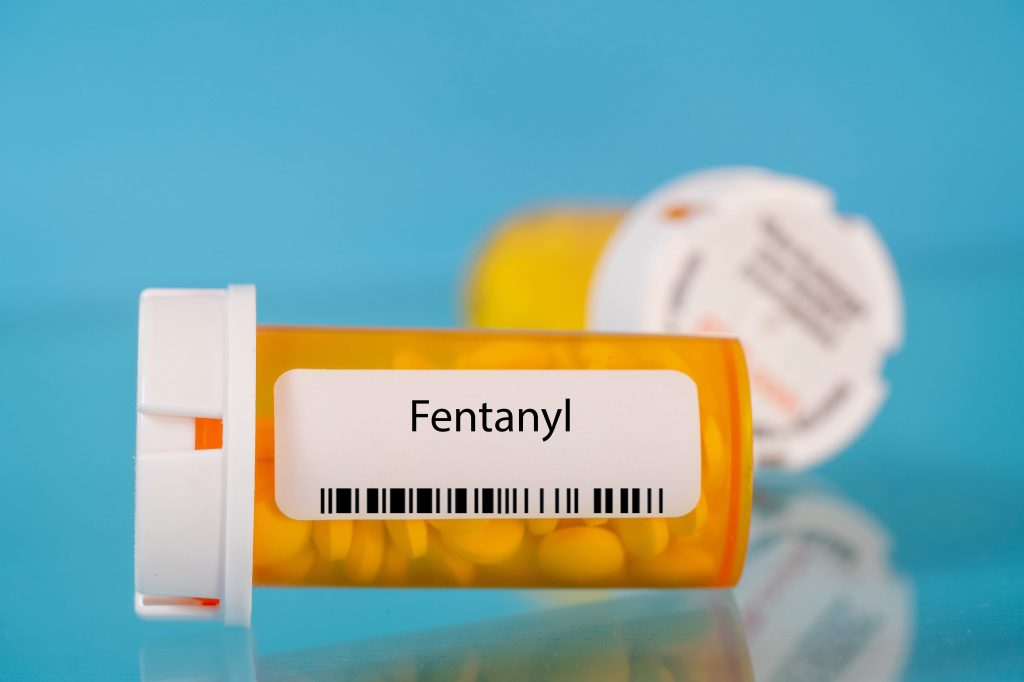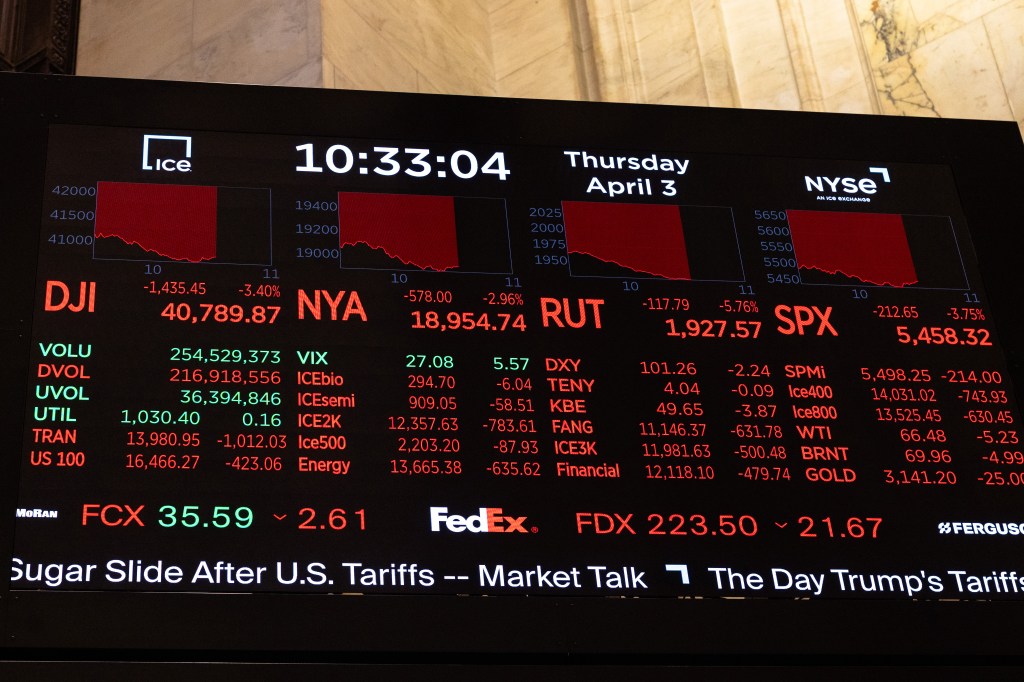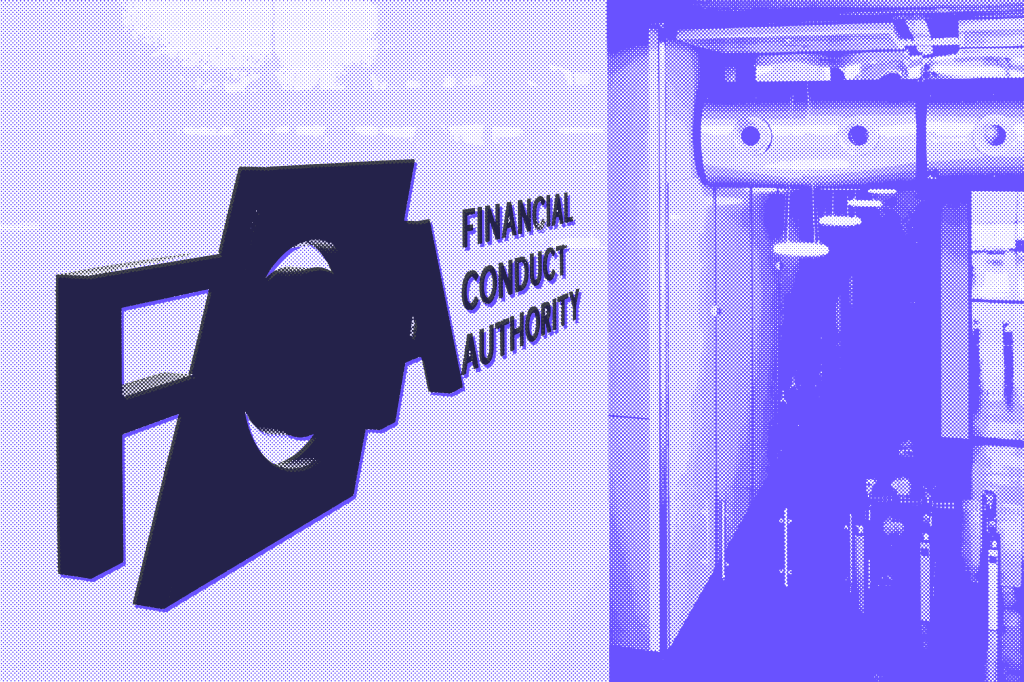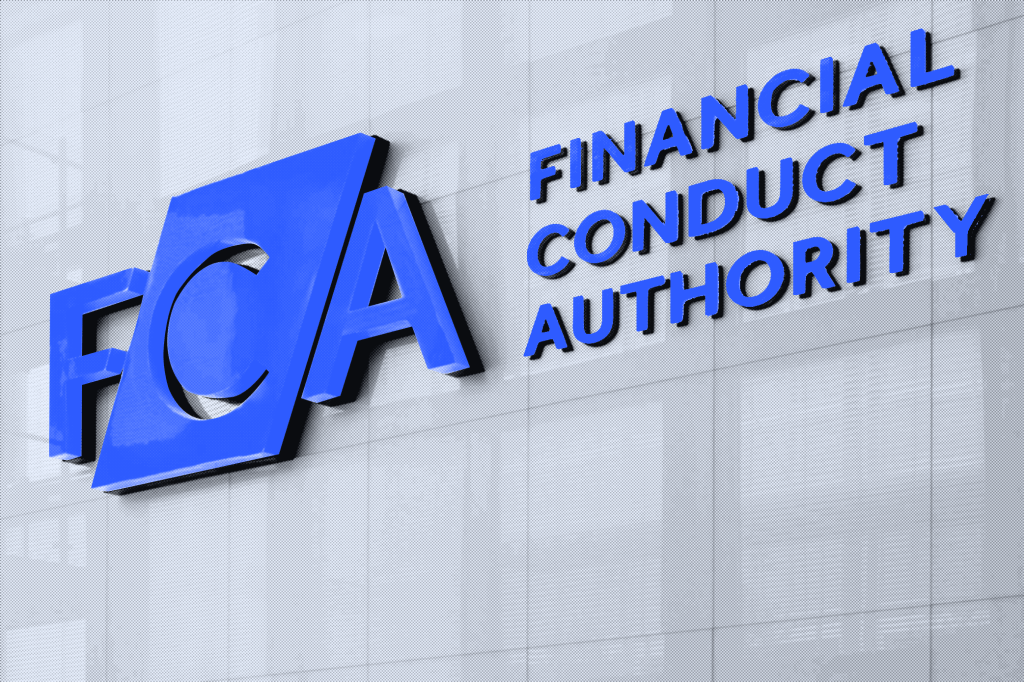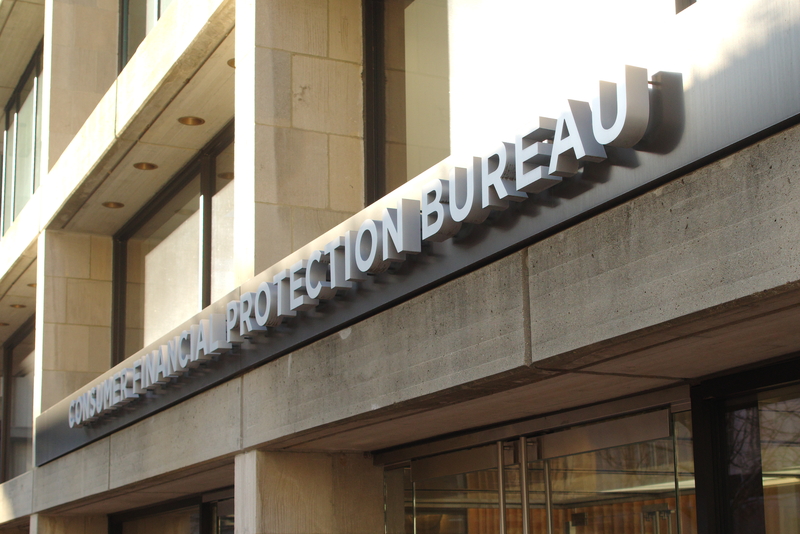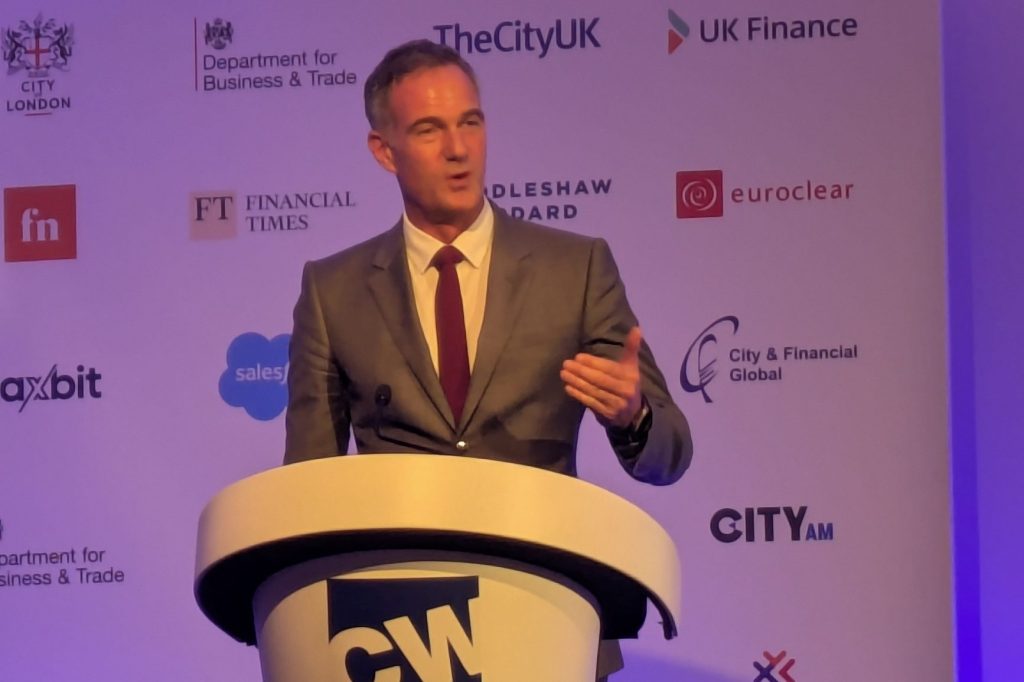The world needs carbon removals. And carbon removals matter to the financial sector too. Regulators – from the FCA in the UK to the SEC in the US – are increasingly requiring financial institutions to disclose their climate impact. Meaning that the role played by carbon removals will be in the spotlight.
We should of course prioritize emitting less carbon dioxide into the atmosphere. But we know that for some things humans do – farming, flying, forging steel – the zero carbon future is a long way off. If we wait that long, we’ll suffer runaway global warming.
So we need to be actively removing carbon dioxide from our atmosphere at a grand scale, and soon. These carbon dioxide removals (CDR) will be the “net” in our “net zero” targets. They represent hope. Hope that we can meet our targets, limit temperature increases, and eventually turn back the clock. Because if this industry reaches a big enough scale, we can even start to take out more CO2 from the atmosphere than we’re putting into it.
Fixing the trust problem
But first we need to fix a big problem in carbon markets: trust. The history of carbon offsets has been a history of scandals and disappointment. There were good intentions along the way. But in the end too many people prioritized making money over doing the right thing.
Carbon offsets were issued on projects that could never really prove their climate impact. If I promise that I won’t cut down some trees, can you really know what climate impact that has had? How do you know I was going to cut them down anyway? And how will you respond if I later cut them down, or they burn, or die, a few years after the offset was already issued and long-forgotten?
These unresolved niceties have not stopped companies from issuing millions of tons of carbon offsets. A large proportion of these were later shown not to have actually done much at all for our atmosphere. Hence the trust problem.
Too many people prioritized making money over doing the right thing.
We have an opportunity to fix that problem. A series of new CDR “pathways” have been graduating from the lab into the real world. They involve a diverse range of methods.
- Direct air capture – sucking up CO2 with giant fans.
- Enhanced weathering – crushing up rocks so they react with CO2 in the air more quickly.
- Biomass storage – taking organic waste and burying it underground before it can rot and release the CO2 it holds.
One major difference from the traditional offset industry is that there are clear scientific methods for each of these pathways that can measure exactly how much CO2 has been removed. And the CO2 stays locked away for thousands of years – far longer than the lifetime of a company, a human, or a tree.
The role of a registry in carbon markets is to verify how much CO2 has actually been removed, and then issue the corresponding amount of carbon credits. To avoid the mistakes of the past, registries need to carry out this role with a much greater degree of scientific rigor. With the inherent measurability of these new CDR pathways, we have a shot at getting it right this time.
It means that registries need to have deep scientific expertise. But also a commitment to transparency, so that the academic community can scrutinize how they have reached their conclusions. With this combination of scientific rigor and transparency, carbon credits can finally pass a basic test: one credit means one tonne of carbon removed from the atmosphere.
Right-touch regulation
At Isometric, we are of course confident that we are doing the right thing. But relying on folks doing the right thing does not scale. “Light touch regulation” failed in the financial crisis. Zero regulation has failed in the voluntary carbon markets.
So we believe that regulation is essential to solving the trust problem. The EU is furthest ahead on this, with its proposed Carbon Removal Certification Framework (CRCF). If enacted, companies like Isometric will need authorization directly from the European Commission to do what we do. It will also set regulatory standards for what constitutes a good quality carbon credit – for example, setting a requirement for the minimum number of years that the carbon should be stored.
The US is taking a different approach. The Department of Energy has set up the world’s first program for government purchases of CDR – with the initial spend budgeted at $35m. There are promising signs that the level of rigor being applied in the selection process will send a signal to the market about what “good” looks like. This could act as a de facto regulatory standard in the US, in the absence of formal legislation, as private sector buyers will look at what the Department of Energy decided were essential criteria and then replicate that in their own purchases.
If regulatory standards create a higher quality tier of carbon credits, these could be used by industry as another way of meeting their caps.
In the long-term, introducing regulatory standards into the voluntary carbon market creates an opportunity for voluntary carbon markets to plug into the so-called “compliance markets” for carbon. These are the cap-and-trade programs that limit emissions across carbon-intensive sectors of the economy (such as aviation, energy, and steel). Companies that emit below their assigned cap can then sell on their “allowance” to other companies. Thus providing a financial incentive for industries to decarbonize.
Due to the proliferation of low-quality projects prevalent in today’s carbon markets, most nations today don’t allow carbon credits to plug into their compliance markets. But if regulatory standards create a higher quality tier of carbon credits, these could be used by industry as another way of meeting their caps. The cost of high-quality credits today is well above the price of carbon in the EU’s scheme (around $100 / ton), so industries would still be highly incentivized to decarbonise first. But it would give companies an option for the final 10% of hardest-to-abate tons, and therefore a practical way for governments to make the emission caps stricter over time, and ultimately reach a limit of net zero emissions.
This is not a theoretical debate. The UK has already stated a clear long-term policy goal of linking CDR into its Emission Trading Scheme (a replica of the EU scheme, copied over into the UK after Brexit). The EU is seriously considering it too. If implemented, these changes would have a significant increase in demand for CDR – the volume traded in the EU ETS is over $800 billion annually compared to $2 billion in carbon credit. This new demand would be a major factor in scaling the CDR industry.
Getting it right
We are in the first days of creating a whole new industrial sector – high-quality carbon dioxide removal. We have the opportunity to learn from the mistakes of the past. We need companies to act responsibly, and we need regulation to enforce that good behavior. This will lead to trusted carbon credits, and this trust in turn will enable the industry to scale.
And it really needs to scale. Last year, the total amount of high-quality CDR delivered was less than a million tons. Yet the IPCC and other scientific organizations agree that by 2050 we need to be removing billions of tonnes annually.
When the stakes are this high, the standards need to match.


